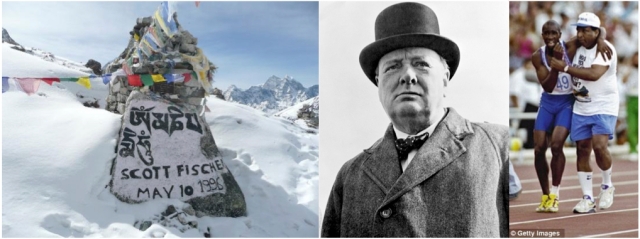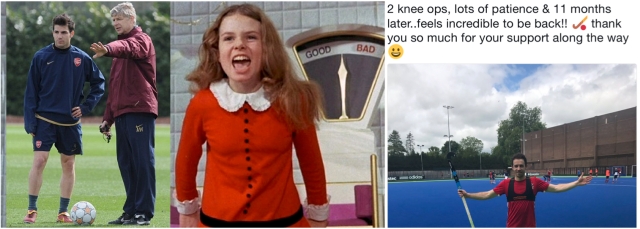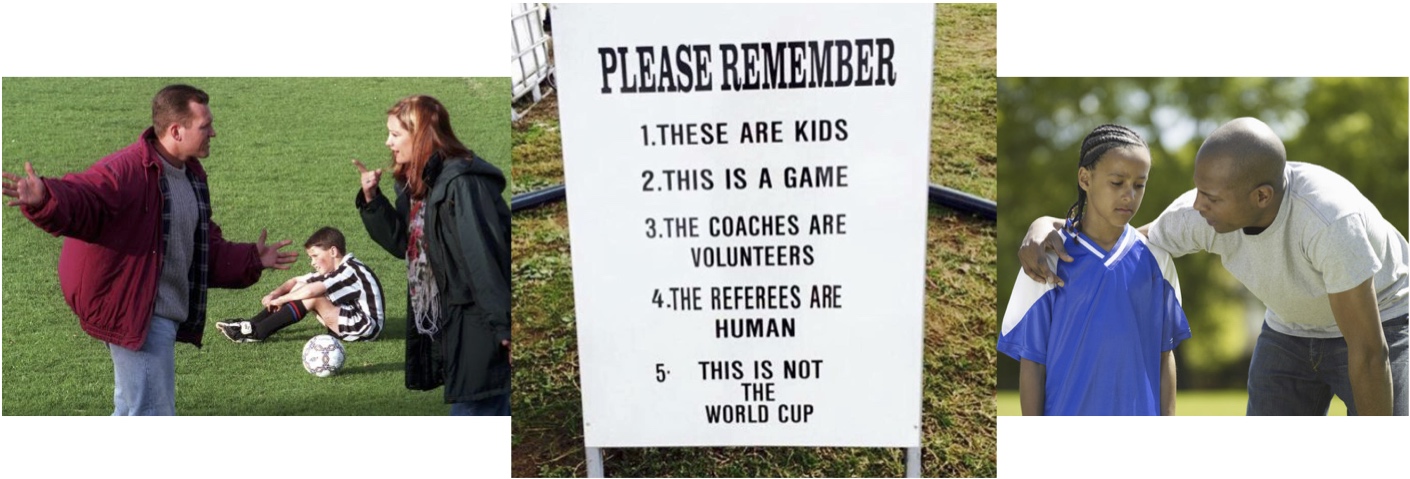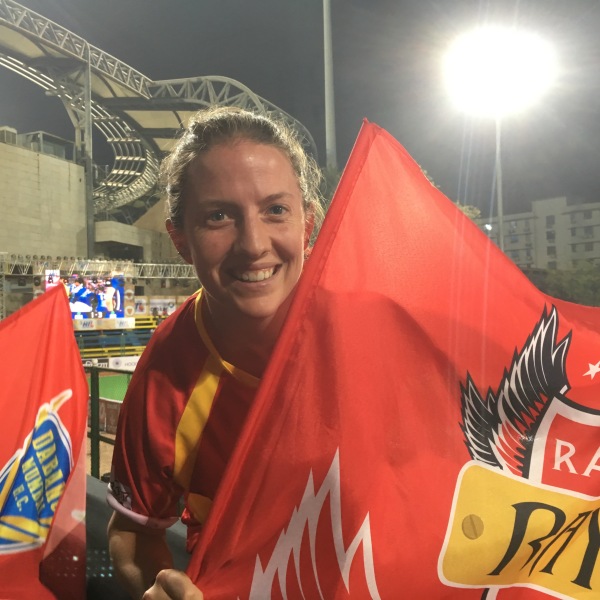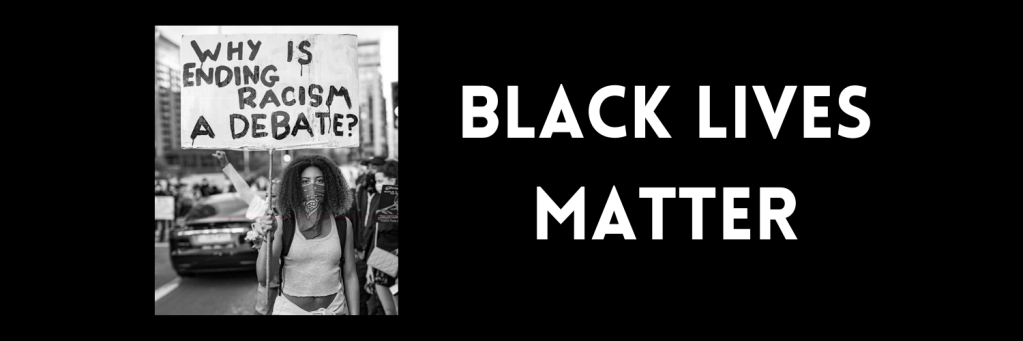
“If I cannot do great things, I can do small things in a great way.”
Martin Luther King Jr
What started with an emotional Zoom call with a group of former team mates last weekend has led to a week of reflection and taking part in some powerful, valuable conversations that have affected me quite deeply.
I’ve been thinking about the many times I’ve taken to the hockey field both with and against some incredible players who also happen to be people of colour. Hand on heart, I don’t feel I have ever knowingly or intentionally judged or treated these people differently because of the colour of their skin… but everything that is going on in the world right now has opened my eyes to what white privilege really means and how it creeps into everything from politics to education, from sport to popular culture, and (perhaps worst of all) to the ingrained patterns hidden away deep in our own subconscious minds. So I’ve accepted that maybe it’s not as simple as I think.
You get the sense that we have a real chance to make a change – if we choose to take it. The Black Lives Matter movement is being talked about constantly. People from all over the world are protesting, talking, tweeting. More and more people are joining what might be the biggest and most important conversation we can be part of.
But knowing what to say can be confusing, right? You don’t want to say the wrong thing or push the wrong message or be misunderstood or cause offence. Is it disingenuous to post a black square on instagram if that’s the start and end point of your actions? Or is it better than saying nothing at all?
There are plenty of big organisations and well-known people who find themselves with a huge PR problem when it comes to this side of things. What’s worse – a company or governing body who doesn’t put something out in a public forum in support of BAME rights, or a global corporation who posts a beautifully written statement but doesn’t have their own house in order?
I’m not making excuses for people here (and especially not for white people). I just think it’s important to remember that the world we live in hardwires us to develop and hold a tangled web of perceptions.
Broadcast and social media has a tendency to create a damaging sense of confusion between what we can do and what we should be seen to do: it’s created a situation where authenticity is hard to fake, but at the same time it isn’t always easy to spot either.
The thing is, pushing for change might just make a lot of us feel uncomfortable – but we have a duty not to shy away from that. In the context of the issue we are fighting against, a bit of discomfort isn’t that big a deal really is it?
Here’s an example: writing this makes me question myself. Do I have any right to share an opinion when I have never walked a day in a black person’s shoes?
I guess what makes me say yes to that question is that I strongly believe that one of the most important aspects in all of this is ensuring that we don’t allow fighting racism to be viewed as the responsibility of people of colour, even if they are the communities and individuals who suffer its effects – big, small and everything in between – every day. This is a deep rooted social disease (in other words created by humans, not biology) and the only way true progress will be made is if we work to change it for the better together.
As a person with white skin – and by extension white privilege – it can be difficult to know what to do and how to do it, but without making too simplistic a comparison, expecting racism to be eradicated without you taking action is akin to hoping sexism disappears if women make enough noise about it.
It might start small, whether it’s showing your support on social media, or educating yourself with Netflix documentaries, podcasts and literature on black history and culture. But do these things with a view to graduating to make a positive difference in your own environment.
I am trying to ask myself uncomfortable questions about my words and behaviours as a team mate and a coach. When might I have done or said something that reinforces the status quo, however unintentional? Can I do anything better on the pitch, in the changing room or on the team Whatsapp group in future?
I’m making the time to talk openly and honestly to people of colour in my life to try to learn more about their experiences.
So far, one big thing I’ve learnt from my black and mixed race friends that they believe that education and role models might be the two biggest factors in creating more equal rights and opportunities for future generations. I’m trying to work out how I can apply this learning more practically into my own professional environments in relation to sports coaching, hockey clubs and communications.
We have to do our bit to keep the momentum going, and to force the calls for change go on to create real change – not just become ‘that protest’ that happened back in 2020.
So, what responsibility will you take?
Will your contribution start with some self-reflection, seeking educational content for yourself or your children, or asking a difficult question at the dinner table?
This is a problem that belongs to all of us and the only way we can fix it is together. Don’t wait for someone else to be the difference: find your way to put a bit more kindness and love into the world around you.
